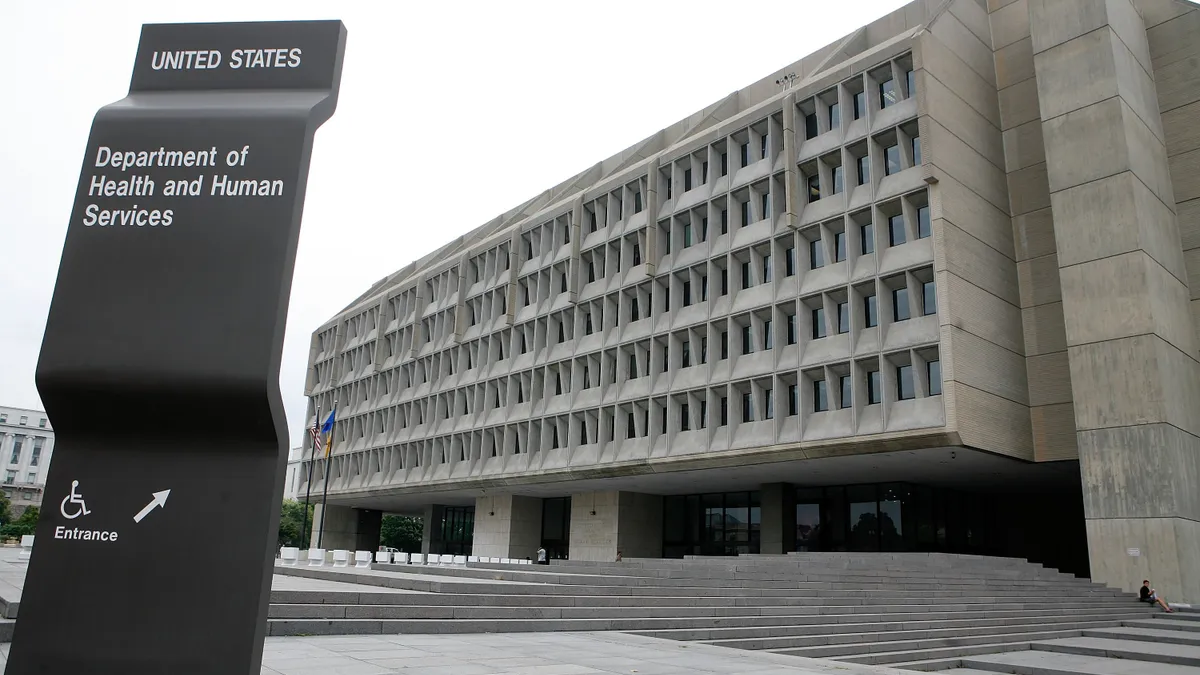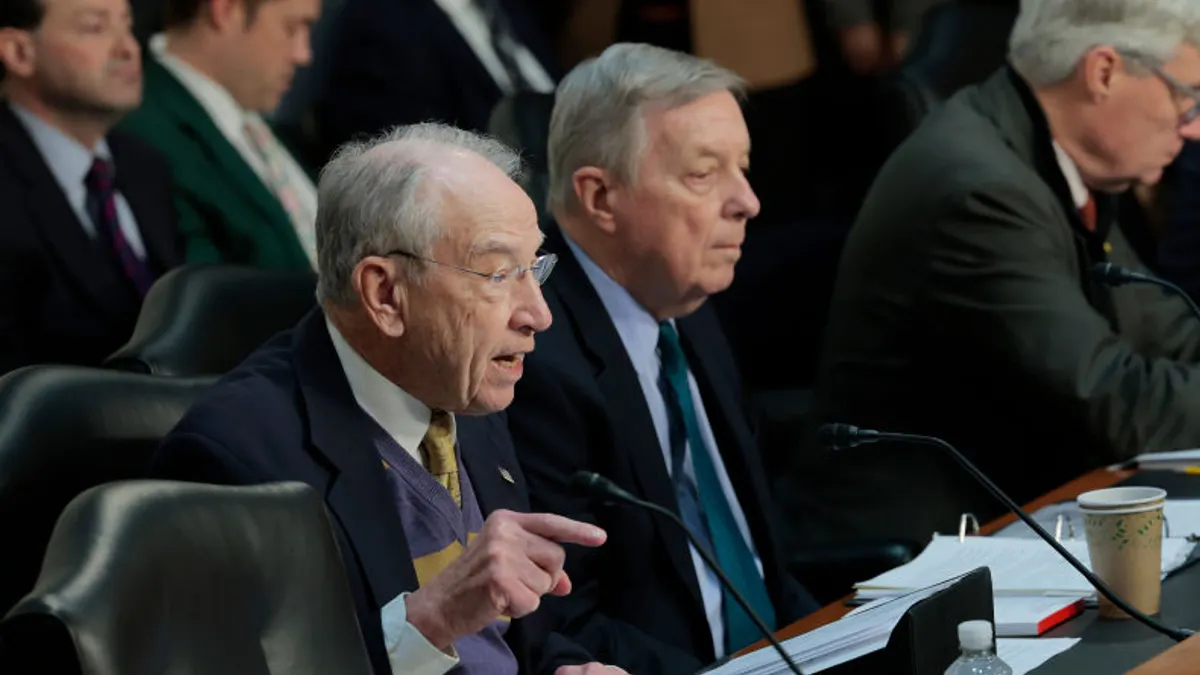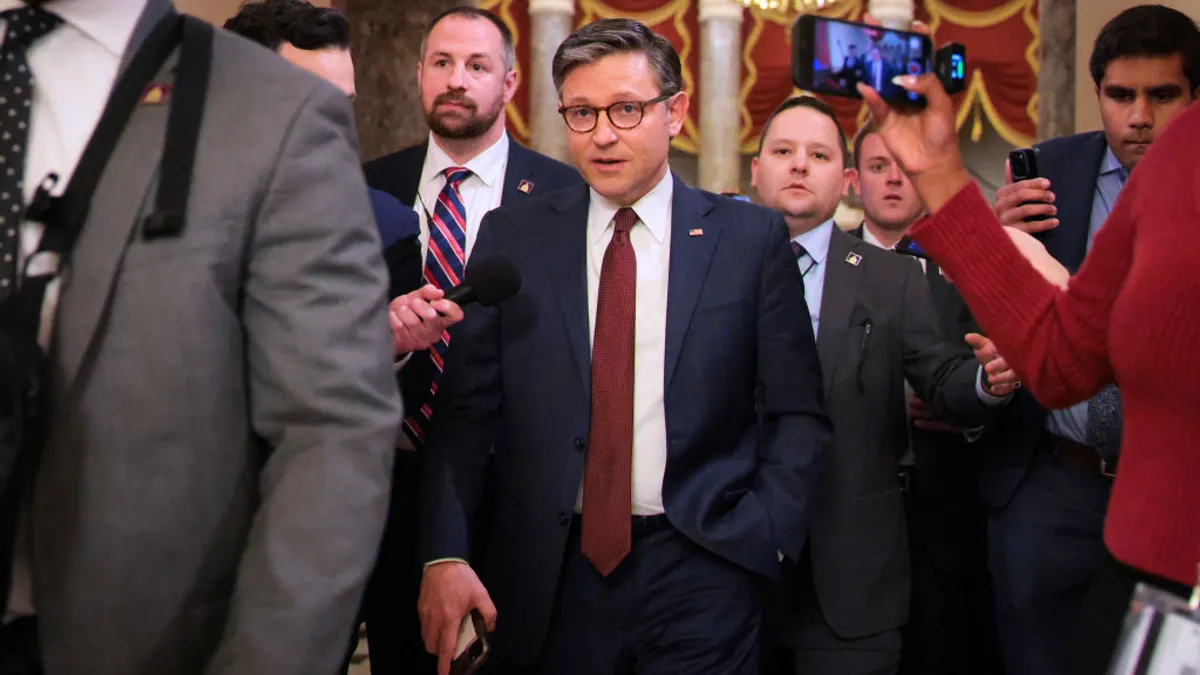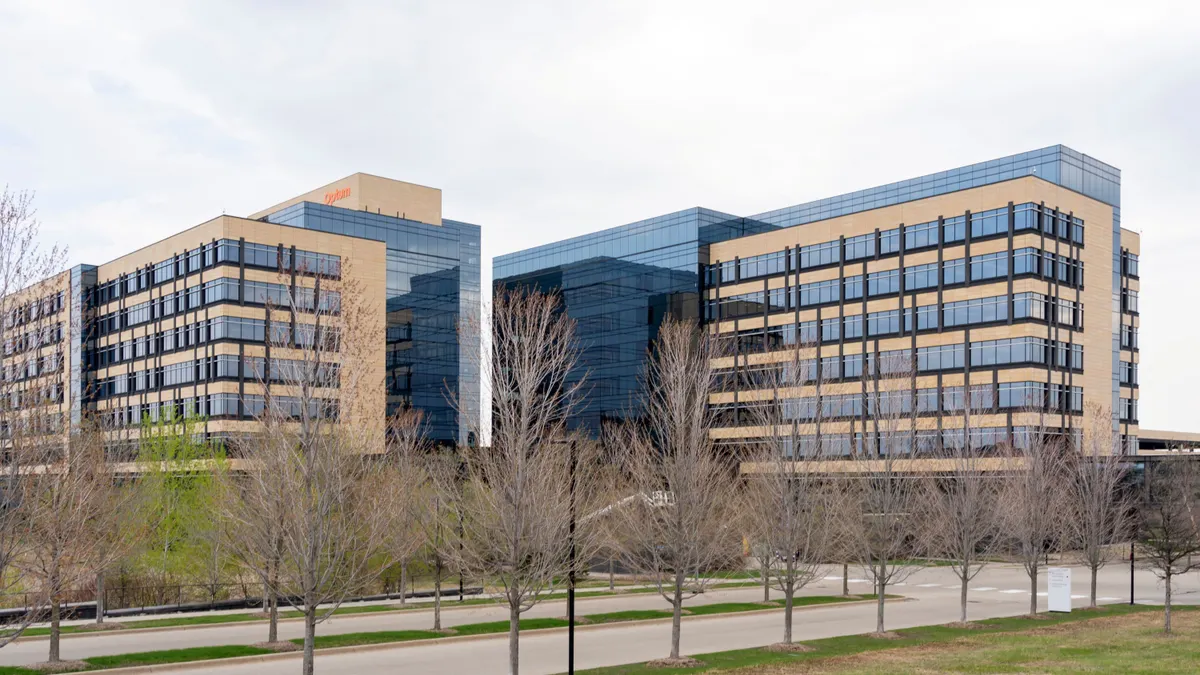Medicare has locked in a controversial pay cut for specialty doctors next year, normalizing reimbursement between specialists and primary care doctors and curbing the influence of a powerful physician association in setting rates.
The CMS finalized the 2026 Medicare physician fee schedule on Friday. The massive payment rule includes a so-called “efficiency adjustment,” which reduces payment for thousands of services including surgeries, outpatient interventions, pain management and more starting next year.
The -2.5% adjustment is meant to account for non-time based services becoming more efficient over time as technology improves and workflows become smoother. As a result, they’re easier to perform, so Medicare is overpaying, regulators say.
“CMS is reinforcing primary care as the foundation of a better healthcare system while ensuring Medicare dollars support real value for patients, and not the kind of waste or abuse that erodes trust in the system,” Medicare Director Chris Klomp said in a statement. “Our goal is simple: deliver better outcomes for patients and be wise stewards of the taxpayer resources that make Medicare possible.”
However, specialty groups are not happy with the change, arguing it’s based on flawed reasoning and will harm American physicians.
“These CMS policies represent poor policy decisions that demonstrate CMS’s unwillingness to listen to physicians who are under significant financial stress,” Dr. Patrick Giam, the president of the American Society of Anesthesiologists, said in an emailed statement.
Specialty cuts on the horizon
The CMS finalized the Medicare physician fee schedule for 2026 on Friday, one day before the Nov. 1 due date for the rule. The agency was able to slip in under the statutory deadline even during the government shutdown after bringing back furloughed workers to help with its operations earlier in the week.
The industry is still waiting for Medicare to finalize its outpatient payment rule for 2026, along with payment rules for home health and end-stage renal disease.
Overall, the physician fee schedule cements major provisions from the proposed version in July, including a one-time reimbursement increase of 2.5% for doctors provided by Congress in the “One Big Beautiful Bill.”
But the efficiency adjustment is wiping out that pay bump for more than 7,000 services, according to specialty groups. The -2.5% hit applies to all codes except those that are based on time, like evaluation and management services, behavioral health services and care management.
The efficiency adjustment is necessary to realign payment for specialty and primary care, which has historically been undervalued in the fee schedule, regulators said. They in part blamed the American Medical Association, a powerful physician lobby that wields significant influence over the medical billing system.
In particular, the CMS has taken issue with the use of American Medical Association surveys to estimate how much time it takes a doctor to perform a service, the intensity of the work and other factors that influence payment.
Regulators argue that the surveys are subjective, have low response rates and that doctor respondents are financially motivated to inflate the difficulty of their work.
Friday’s final rule doesn’t eliminate the surveys but it “rebalances the approach,” regulators said in a press release. The policy is a blow to the AMA, given it reduces the physician association’s influence in creating rates.
Still, the adjustment is arbitrary and based on flawed assumptions, according to physician groups — including the AMA.
One recent study found there has not been an efficiency gain in procedure times — and that some procedures are actually becoming more complex and are taking doctors longer to perform.
“The AMA urges CMS to base policy changes on verifiable data, including results from the Physician Practice Information Survey,” AMA President Dr. Bobby Mukkamala said in a statement.
The efficiency adjustment “is not based in modern care reality and is not helpful,” Dr. Gregory Nicola, the chair of the American College of Radiology Commission in Economics, said in an emailed statement.
The final rule also lowers reimbursement for services that physicians provide in the facility setting, like in hospitals or ambulatory surgery centers. Regulators said that more and more doctors are being employed by hospitals after years of consolidation, so the current system of determining practice expense costs is out-of-date.
“Private practices across the country are expressing concern this rule would further put them at a disadvantage merely for treating patients at a hospital or ambulatory surgery center,” the AMA’s Mukkamala said.
Taken together, the efficiency adjustment and lower rates for facility services will results in more than one-third of oncologists facing cuts between 10% and 20% next year, the AMA said. Meanwhile, 37% of obstetricians and gynecologists will see their reimbursement drop.
Unsurprisingly, however, primary care groups applauded the rule — including the Primary Care Collaborative, which said it addresses “methods that have long diverted funding away from the whole-person, relationship-based primary care Americans need.”
The American Academy of Family Physicians also said that it was pleased with the rule’s prioritization of primary care.
Still, the Medical Group Management Association said the rule doesn’t make up for years of underfunding or provide future sustainability for physicians.
Doctor groups have long advocated for a complete overhaul of the Medicare billing system. Since annual updates are required by law to be budget neutral, payment hikes for one group of doctors generally needs to be matched by a cut to others. Although Congress normally steps in to pass an increase before cuts go into effect, that creates a financial headache for U.S. doctors, which instead want Medicare to tie annual increases to inflation.
The final fee schedule “includes many policies that will threaten the financial sustainability of medical groups and cause significant disruption to their operations,” Anders Gilberg, the MGMA’s senior vice president of government affairs, said in a statement.
Alternative payment models, skin substitutes, telehealth and more
The CMS also finalized, for the first time, two separate conversion factors for doctors depending on whether or not they participate in alternative payment models. Conversion factors become payment rates after they’re applied to a measure of the resources that go into providing a medical service.
The update to the conversion factor is three times as large for doctors in qualifying APMs than those not participating in the arrangements — 0.75% versus 0.25% — to reward doctors who take on accountability for the quality and cost of care, according to regulators.
Friday’s rule “realigns doctor incentives and helps move our country from a sick-care system to a true health care system,” HHS Secretary Robert F. Kennedy Jr. said in a statement.
The rule also cracks down on improper spending on skin substitutes, materials used to replace skin and aid in wound healing. Medicare spending on skin substitutes has risen from $256 million in 2019 to more than $10 billion in 2024, per government data. That’s because providers are pushing products without clear evidence of clinical value, occasionally to drive profits, the CMS said.
Next year, the agency will start paying for skin substitutes as supplies, instead of biologicals. That should reduce Medicare spending on the products by almost 90%, saving the program almost $20 billion next year, the CMS said.
The final rule also extends some telehealth flexibilities, including lifting frequency limits on virtual care provided to patients in hospitals and allowing teaching physicians to supervise residents over video.
However, the CMS is allowing others to expire. Notably, after 2025 doctors will no longer be allowed to bill Medicare for after-hours telehealth visits they perform from their homes.
The CMS also finalized a new mandatory payment model meant to increase accountability for specialists treating beneficiaries with heart failure and low back pain, two significant areas of Medicare spending.
Editor’s note: This story has been updated with additional comment from specialty groups.






















